The advent of digital farmer profiles might lead to a new era in agriculture. Mobile technology, remote sensors, blockchain and big data are beginning to transform the lives of smallholder farmers, changing how farmers grow food, access credit, apply pesticides and so much more.
mSTAR interviewed Daniele Tricarico from GSMA’s mAgri Programme. The mAgri Programme, profiled in the new report, Digital Farmer Profiles: Reimagining Smallholder Agriculture, forges partnerships between mobile operators, technology providers and agricultural organizations. By providing deep technical expertise to service providers, it supports scalable commercial mobile services that impact smallholder farmers and the agricultural industry at large. This interview is part of a 2-post blog series on digital farmer profiles.
mSTAR: What are digital farmer profiles in your own words, and what promise do they hold for smallholder farmers?
Daniele Tricarico (DT): With digital farmer profiles, we are looking at “functional identities” that are created via digital means. Functional identity can be defined as a form of identity that is created with a specific purpose in mind, such as enabling unbanked farmers to access financial services and therefore improving their livelihoods. A functional identity, developed and issued for a single, well-designed purpose or service, is usually created with the support of private organization (e.g. mobile operators, banks, agribusinesses). The purpose we are interested in, at the GSMA mAgri, is to enable access to financial services (e.g. credit, insurance). We are also interested in understanding how mobile-enabled digital profiles can help farmers comply with traceability and certification requirements in agricultural value chains, so they can improve their agricultural practices and products and have access to better prices. As private organizations play a key role in creating functional identities, we are working to understand how farmers can maintain visibility, control and ultimately ownership over their digital profile through mobile.
mSTAR: How does GSMA’s mAgri Programme help harness data for the benefit of smallholder farmers?
DT: The GSMA mAgri Programme is working to support the digitization of agricultural value chains. Our objective is to use mobile technology to address a number of pain points in the agricultural last mile, the final link in the value chain between buyers and sellers of crops. By digitizing the last mile, we want to address pain points associated with handling cash (risk and security) that are experienced by buyers (agribusinesses and cooperatives) and farmers in agricultural value chains. A key entry point to last mile digitization is the transition from cash to digital payments from agribusinesses to farmers for the procurement of crops. By facilitating this transition, we can address key business problems experienced by agribusinesses and generate crucial socioeconomic impact for farmers. Digitizing the main cash inflow of agricultural households (the agri payments) and moving physical cash into digital wallets in rural areas is fundamentally an entry point to financial inclusion for unbanked rural families. The transactional data that is generated in the last mile (e.g. mobile money transactions, digital receipts), as well agriculture-specific data and alternative datasets, such as mobile voice and data usage, can all be used to build an economic profile (or a functional identity) for the farmer, helping them over time to access formal financial services.
At the GSMA mAgri, we have unique relationships with agribusinesses and mobile operators that host a number of data points to create digital farmer profiles. At present, we are working very closely with our partners to develop a solid understanding of what kind of farmer and farm data is required for different purposes. Besides ensuring that farmers maintain overall understanding, visibility and control over the data they share with third parties, we also want to ensure that they are not overburdened to provide data that does not contribute significantly to the analytics behind the service and to the ultimate purpose of the service itself (financial inclusion, traceability and certification). When we try to build a farmer profile, we are aware that to date, there are no standardized components of what a given profile should be for a specific purpose, so there is risk of “over-collecting” data that is in fact not needed.
mSTAR: What are some of the drawbacks to digital farmer profiles? How is GSMA working to tackle these?
DT: We have mentioned above issues of data ownership and control. Simple awareness and education on the part of the farmer on how data is used by a third party is a fundamental issue, even before we start thinking about data ownership and control. To address these key challenges, we must build awareness and create a strong value proposition for farmers. At GSMA mAgri, through working on designing and developing information services (agricultural value-added-services) targeting smallholders, we have developed expertise on how to design mobile-based services around the specific needs of farmers. Based on this experience, we emphasize the importance of taking a human-centered design approach. We have also developed expertise on how to educate farmers on the value and purpose of digital services and on how to on-board them on the services. We are now taking the same approach into our new work on supporting the digitization of agricultural value chains and in developing digital farmer profiles.
Besides awareness, education, and data ownership and control on the part of the farmer, we also see some systemic challenges in creating digital farmer profiles mostly related to availability of data and maturity of certain technologies. When it comes to geo-data from satellites (e.g. vegetation indexes, land mapping), for example, there is data becoming available that can support digital farmer profiles. However, other technologies that can be used to generate farmer/farm profile components such as drones are not widely available or at scale yet.
mSTAR: USAID has identified sustainability as a main challenge to digital farmer profiles, for example, identifying how digital farmer profiles can be sustained without NGO or government support. Do you see sustainability as a challenge for digital farmer profiles and if so, how can this challenge be solved?
DT: Sustainability is certainly a major challenge, however if there are solid use cases for digital farmer profiles, the sustainability challenge will be eventually addressed. The strength of taking a value chain approach to digital intervention, which is what we are doing at the GSMA mAgri, is that we work in partnership with the buyers in agricultural value chains to implement digital tools that can address their pain points as well as those of the farmers they work with. Working with the value chain, digital farmers’ profiles can be sustained because there is a commercial interest for value chain actors to access and support the creation of these profiles. For example, there is commercial interest to support traceability and certification in agricultural value chains or to provide financial services and strengthen the productivity and output of the farmers the agribusinesses work with. Mobile operators can also play a key role in sustainability by providing centralized farmer profile storage.
Daniele Tricarico is the Insights Director at GSMA mNutrition, comprising of the mAgri and mHealth programmes. In his role, Daniele leads the insights and publications work stream for both programmes. This work stream includes intelligence and analysis on the opportunities within the mAgri and mHealth sectors, as well as monitoring, evaluation and learning (MEL) and user experience (UX) research for mNutrition partners. Prior to joining the GSMA, Daniele was a senior telecoms analyst at Pyramid Research and Informa Telecoms & Media, focusing on consumer services in emerging markets. Daniele holds an MSc in new media and information systems from the London School of Economics and an MA from the University of Bologna.
Additional Links
- Report: Digital Farmer Profiles: Reimagining Smallholder Agriculture
- Blog: Are the Days of Rotting Produce Behind Us? An Interview on Digital Farmer Profiles with Andrew Mack
Photo credit: Morgana Wingard, USAID
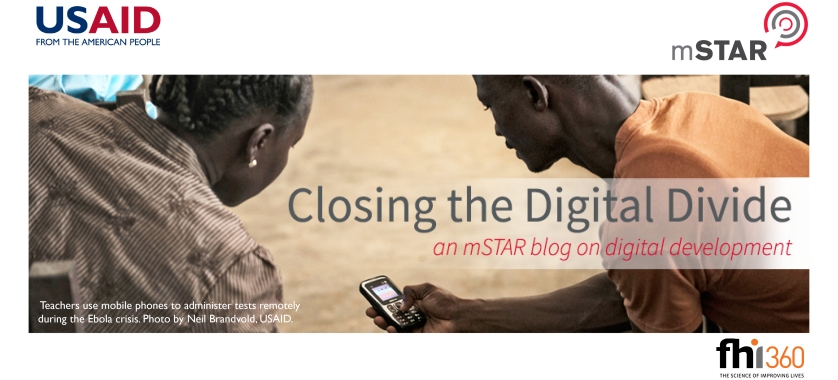
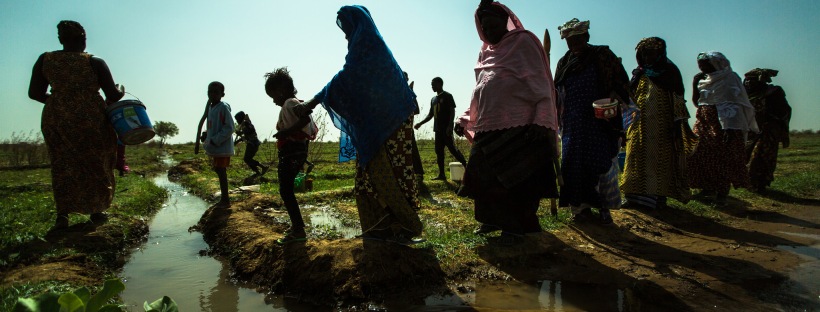

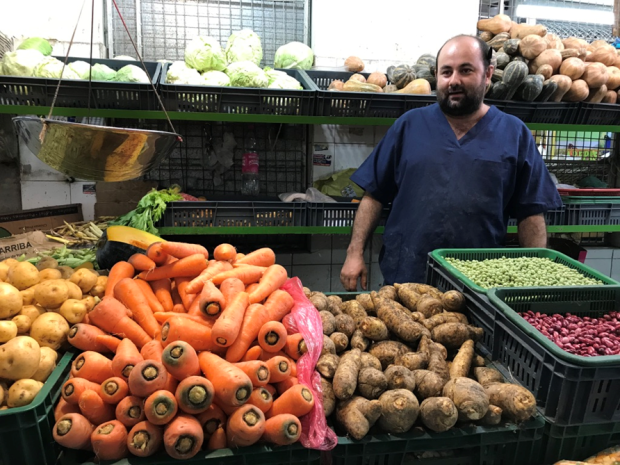
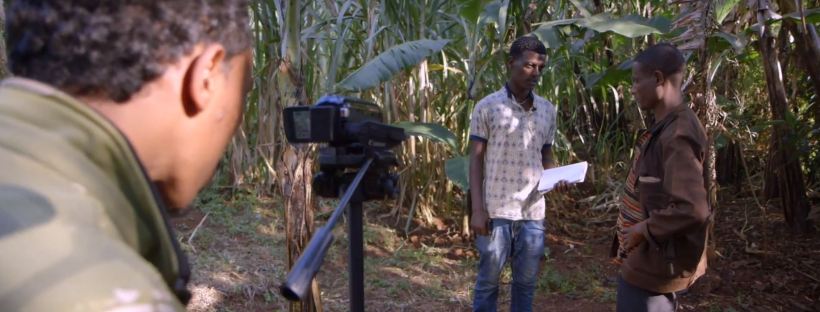
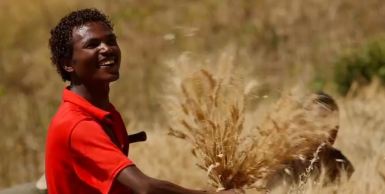 International, and Digital Green, as well as all of the key partners of this project, the Ministry of Agriculture in Ethiopia, the Agricultural Transformation Agency, AGRA & their grantees, were recognized for the integrated work that took place to support smallholder farmers in Ethiopia. The project was an enriching, encouraging experience and we’ve learned from it. We look forward to continuing to bridge gaps and find solutions to continue supporting smallholder farmers to increase their incomes and leveraging the lessons learned from this project to do so efficiently and effectively.
International, and Digital Green, as well as all of the key partners of this project, the Ministry of Agriculture in Ethiopia, the Agricultural Transformation Agency, AGRA & their grantees, were recognized for the integrated work that took place to support smallholder farmers in Ethiopia. The project was an enriching, encouraging experience and we’ve learned from it. We look forward to continuing to bridge gaps and find solutions to continue supporting smallholder farmers to increase their incomes and leveraging the lessons learned from this project to do so efficiently and effectively.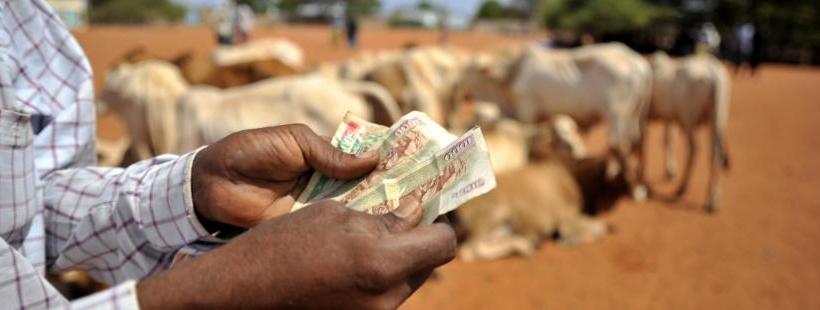

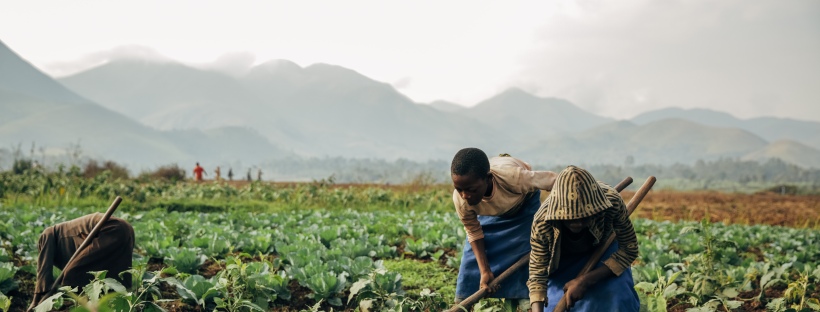
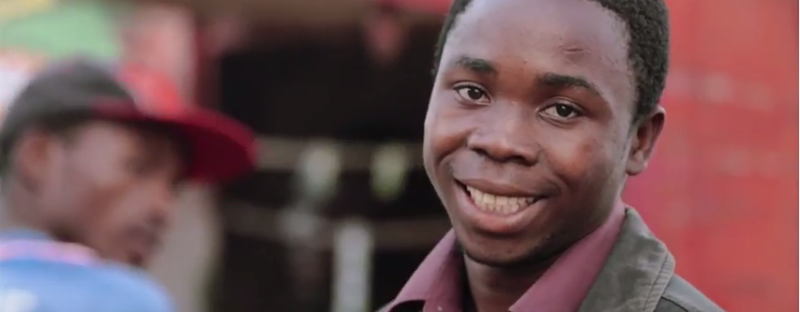
You must be logged in to post a comment.